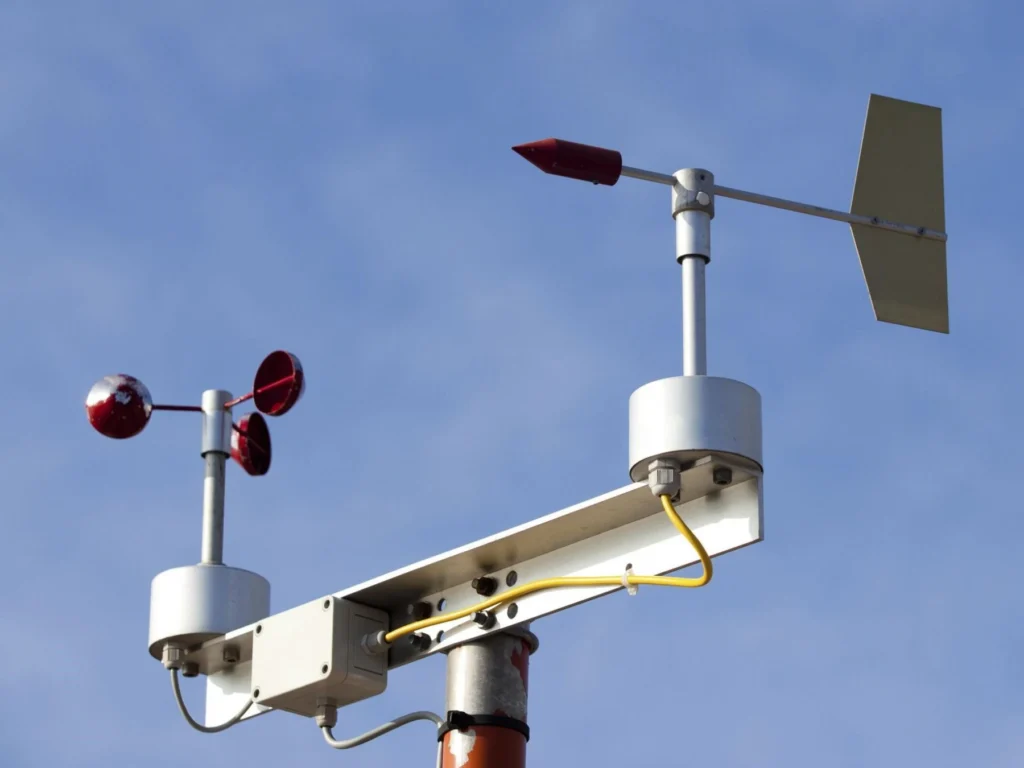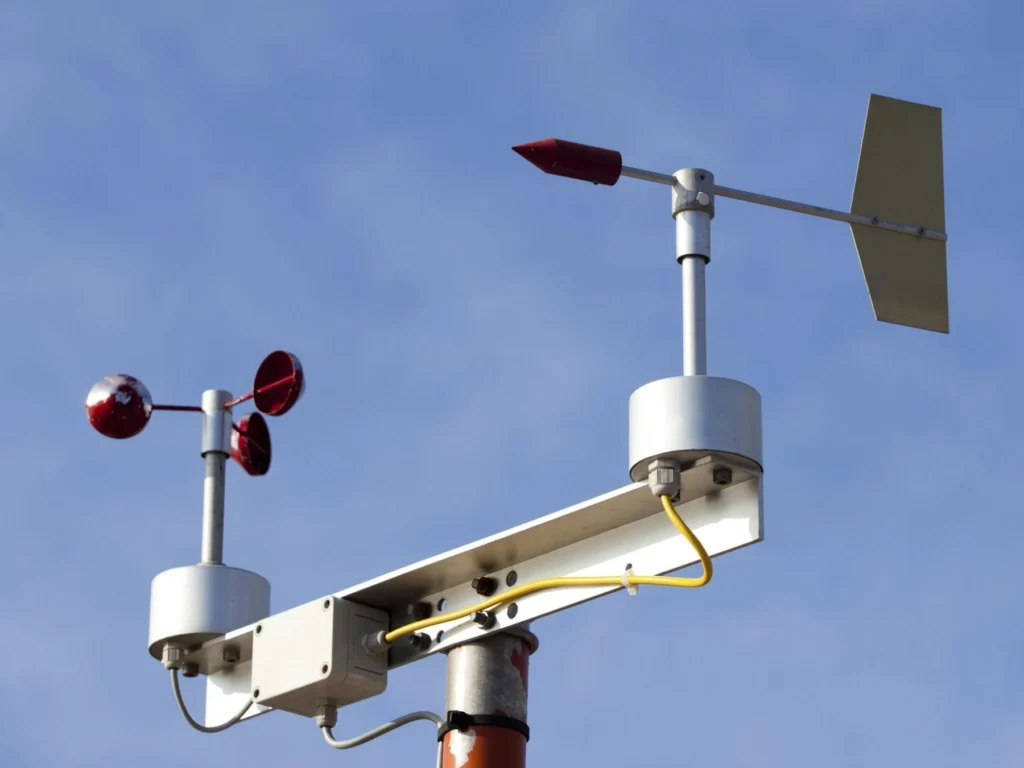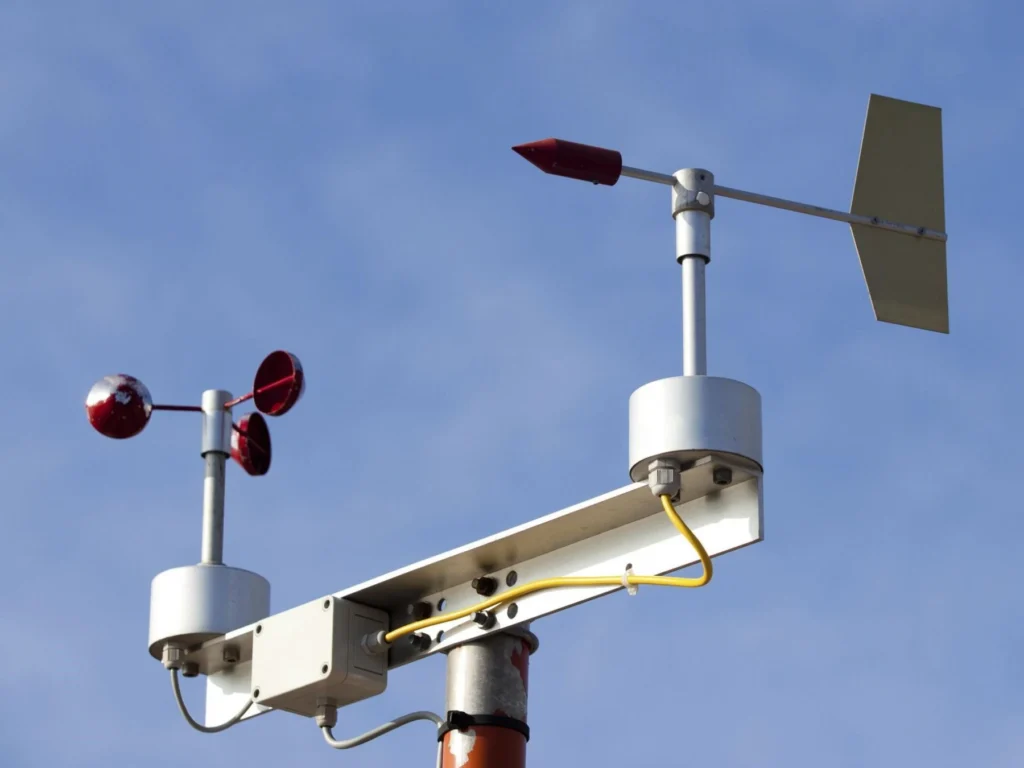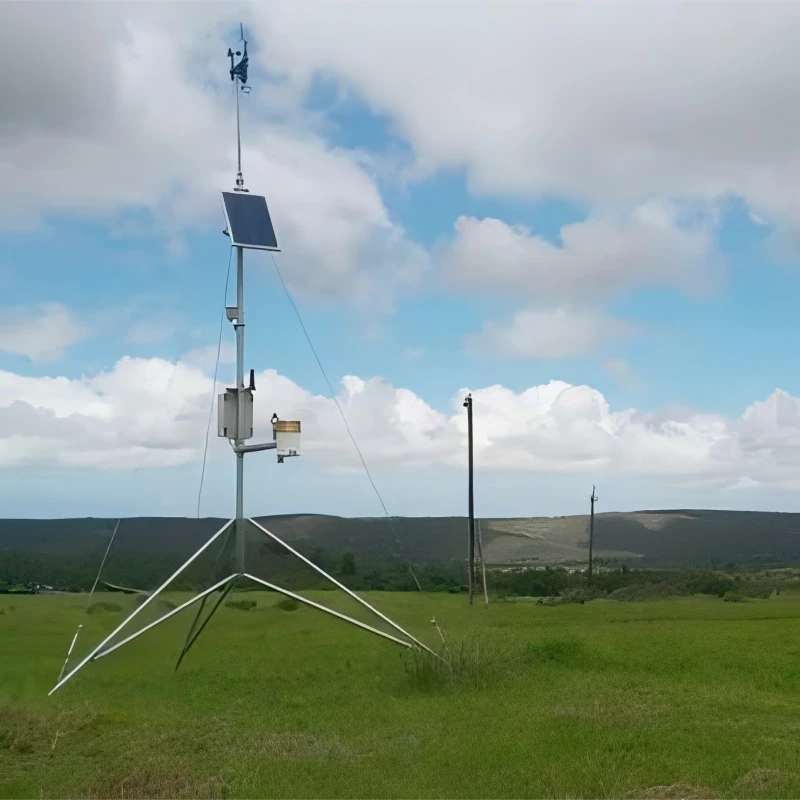# Wind Speed Measurement Instrument: An Essential Tool for Accurate Weather Monitoring
Accurate weather monitoring is crucial for various industries, including agriculture, aviation, and renewable energy. One of the key parameters in weather monitoring is wind speed, which can significantly impact daily operations and long-term planning. To measure wind speed effectively, specialized instruments are required. These tools, known as anemometers, are designed to provide precise and reliable data, making them indispensable for meteorologists and environmental scientists.
## What is a Wind Speed Measurement Instrument?
A wind speed measurement instrument, commonly referred to as an anemometer, is a device used to measure the speed of wind. There are several types of anemometers, each with its own method of operation. The most common types include cup anemometers, vane anemometers, and ultrasonic anemometers. Each type has its advantages and is suited for specific applications.
### Cup Anemometers
Cup anemometers are one of the oldest and most widely used types of wind speed measurement instruments. They consist of three or four cups mounted on horizontal arms, which rotate when exposed to wind. The rotation speed is proportional to the wind speed, and this data is then converted into a readable format. Cup anemometers are known for their durability and reliability, making them a popular choice for long-term weather monitoring.
### Vane Anemometers
Vane anemometers, also known as windmill anemometers, use a propeller or a set of blades to measure wind speed. The blades rotate in response to wind, and the rotation speed is measured to determine wind speed. Vane anemometers are often used in applications where directional information is also required, as they can be combined with wind vanes to measure both speed and direction.
### Ultrasonic Anemometers
Ultrasonic anemometers are a more modern type of wind speed measurement instrument. They use ultrasonic sound waves to measure wind speed and direction. These devices are highly accurate and can provide real-time data, making them ideal for applications requiring high precision, such as in wind energy production and advanced meteorological research.
## Importance of Wind Speed Measurement
Measuring wind speed is essential for a variety of reasons. In agriculture, understanding wind patterns can help farmers optimize irrigation and protect crops from wind damage. In aviation, accurate wind speed data is critical for safe takeoffs and landings. For renewable energy, particularly wind farms, precise wind speed measurements are necessary to maximize energy production and ensure the efficient operation of wind turbines.
### Applications in Renewable Energy
Wind speed measurement instruments play a vital role in the renewable energy sector. Wind turbines rely on consistent and accurate wind speed data to operate efficiently. By measuring wind speed, operators can determine the optimal placement of turbines and predict energy output. This data is also crucial for maintenance planning, as it helps identify potential issues before they become significant problems.
### Environmental Monitoring
Environmental scientists use wind speed measurement instruments to study weather patterns and climate change. Accurate wind speed data is essential for creating weather models and predicting future climate conditions. This information is invaluable for developing strategies to mitigate the effects of climate change and protect natural ecosystems.
## Choosing the Right Wind Speed Measurement Instrument
Selecting the appropriate wind speed measurement instrument depends on the specific application and requirements. Factors to consider include the range of wind speeds to be measured, the level of accuracy required, and the environmental conditions in which the instrument will be used. For example, ultrasonic anemometers are ideal for high-precision applications, while cup anemometers are better suited for long-term, general-purpose monitoring.
### Maintenance and Calibration
To ensure accurate and reliable measurements, regular maintenance and calibration of wind speed measurement instruments are essential. Over time, wear and tear can affect the performance of these devices, leading to inaccurate data. Regular calibration against known standards helps maintain the accuracy of the instrument and ensures that the data collected is reliable.
## Conclusion
Wind speed measurement instruments are essential tools for accurate weather monitoring. Whether used in agriculture, aviation, renewable energy, or environmental






